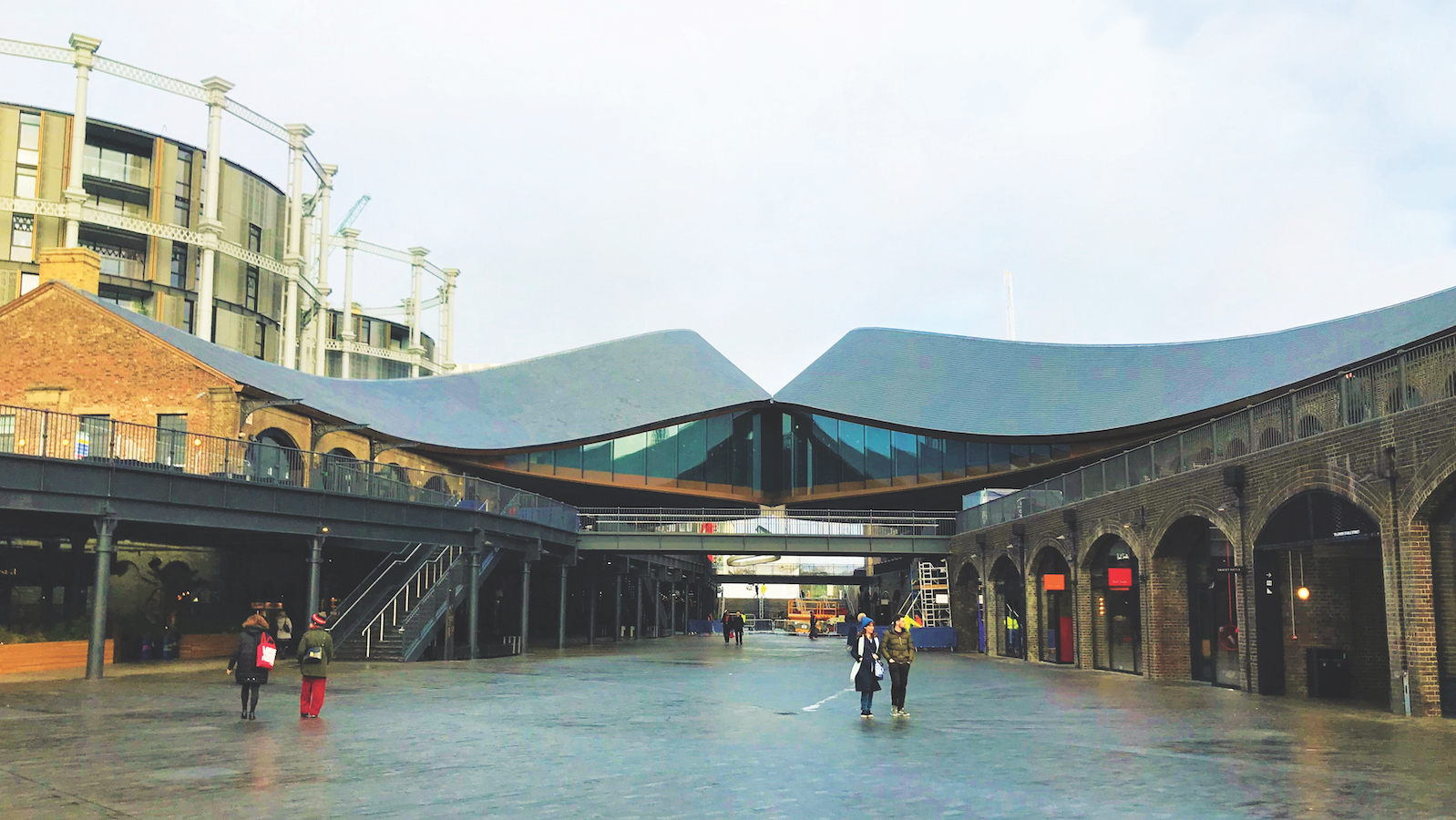Arup’s Louise Priestman on the challenge of marrying conservation and sustainability goals

Heritage and sustainability are both key issues on the built environment agenda – yet when the two meet, opposing priorities often clash.
Sustainable techniques are designed for thermally efficient and well performing new builds. Meanwhile, historic buildings are designed to ‘breathe’ and be permeable. Once you take that away, you compromise the integrity of the structure.
Both issues are of great importance to our collective social wellbeing – so how do we marry heritage and sustainability goals?
“There should be an honesty in expressing new elements while maintaining a sense of scale or identity with the original building”
The Net Zero 2050 target presents a major challenge for heritage buildings. Achieving zero carbon in a historic building can lead to permanent damage to historic fabric. Most recently, cavity wall insulation grants led to thousands of buildings suffering unnecessary damp and moisture problems. Yet there are still grants to install non-breathable insulation into historic fabric.
Adapted buildings are a different story. There should be an honesty in expressing new elements while maintaining a sense of scale or identity with the original building.
An example of this is Arup’s recent renovation of Coal Drops Yard at King’s Cross in London: while the building’s striking pitched roof was clearly a contemporary intervention, by using slates from the original quarry, a relationship was created between the new and old.
Historic buildings need their own version of adaptability, which means recognising the needs for each building individually. Every heritage building is different. There is no ‘one-stop shop’ solution. A tailored approach is required for our historic fabric. It is important to understand the needs of the building and the behaviour of its users.
It is the responsibility of designers and engineers to unpick the nuances of each building and find a solution that can mitigate some of the challenges of installing ‘sustainable’ products. While there are inherent challenges in this, they can be tackled with creative thinking combined with rigorous research.
This is why Arup puts significant investment into researching new technologies, digital solutions and material advancements to meet the challenges in maintaining valuable heritage buildings while meeting crucial sustainability goals. When doing so, our starting place is always to acknowledge that the heritage significance, condition, construction and use of the building are the foundations on which a carbon reduction programme must be built.
Louise Priestman is conservation architect at Arup.











